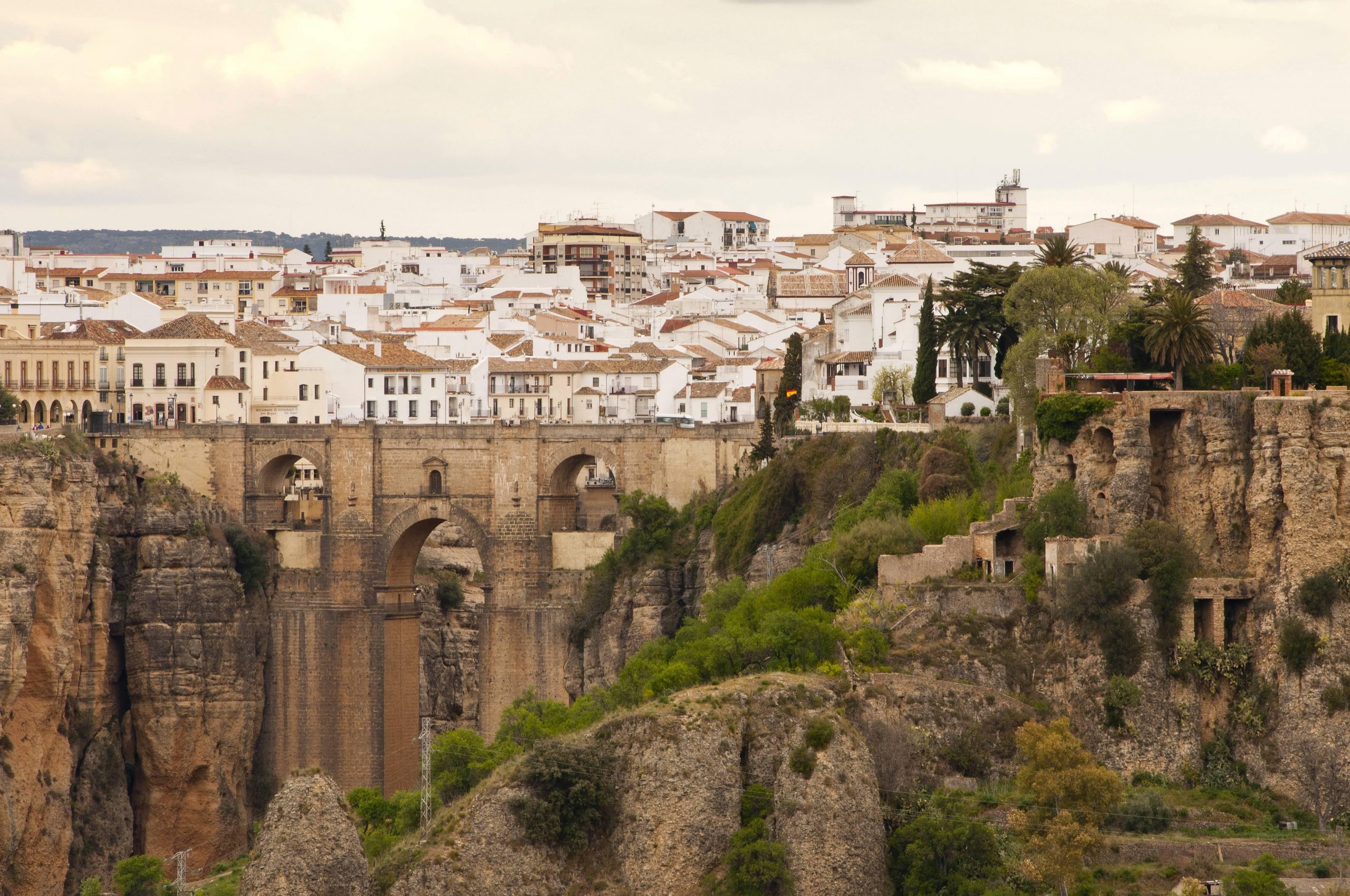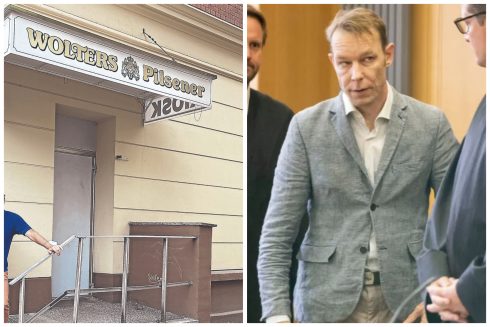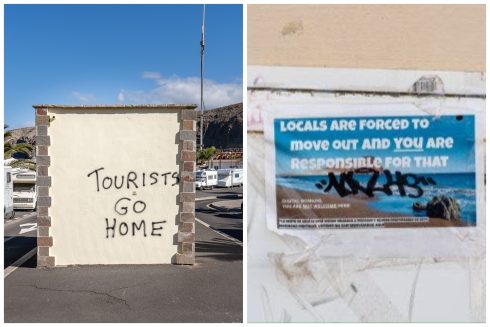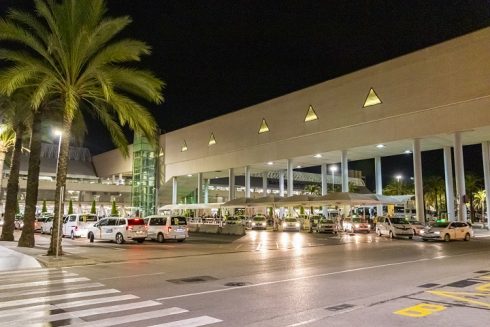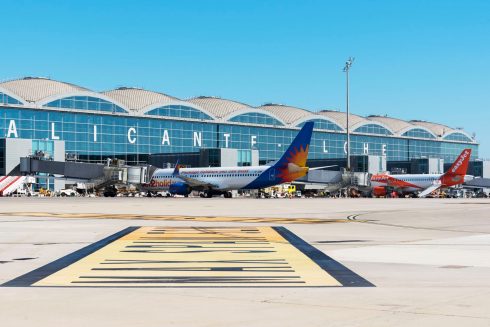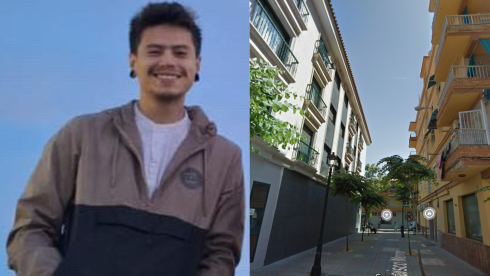IT’S one hundred metres, and 300 slippery spiralling steps, to reach the bottom of the siege tunnel of the Casa del Rey Moro.
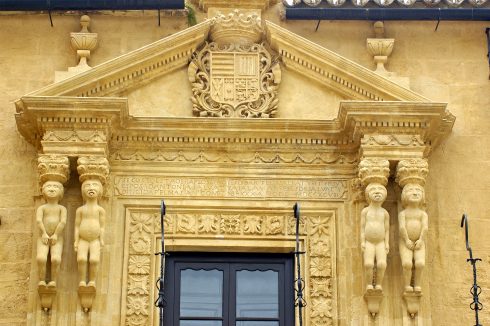
One of various escape routes out of Ronda during times of siege, there is no better reminder of Ronda’s fascinating historical past.
A must-visit, alongside the nearby Arabic baths, the 13th century House of the Moorish King was a highlight of Michelle Obama’s visit to Andalucia a decade ago.
America’s former first lady had insisted that she wanted to witness first-hand how the Arabic defenders took and received messages and collected water during the regular sieges in the dark days of the end of the Kingdom of Granada just over 500 years ago.
On a cultural holiday to explore the days of Al-Andaluz, she and her daughters spent a day wandering around the gem of a town that sits less than an hour inland from the Costa del Sol.
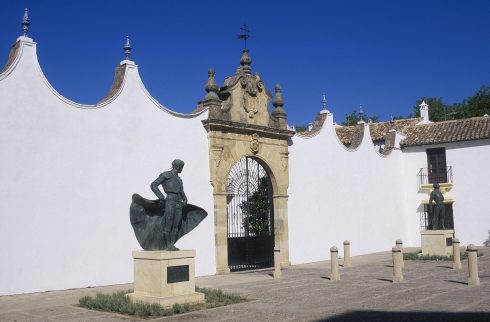
Having visited the charming arabic gardens of the Palacio Mondragon and the town’s iconic bullring – Spain’s oldest – she decided to undertake some exercise.
By navigating the ‘la Mina’ staircase down to the bottom of the gorge, she was really getting a true understanding of what makes this mountain town so wonderful.
For down at the bottom by the River Guadalevin – with the steep walls of the famous Tajo towering above, and the swallows and rooks swooping around with gusto – you truly step back in time.
Restored in 1911, the deep tunnel was originally carved out by Christian slaves to get water during the reign of Ronda’s Moorish king, Abomelik.
While intended as a secret, Christians then living in Andalucia used the refrain that ‘in Ronda you die carrying water skins’.
They were certainly not likely to have enjoyed the wonderful arrival mostly Muslim travellers would have received in the nearby Arabic baths.
The Banos Arabes, built in the 11th century, are said to be the best preserved in Spain today and, for me, are the best place to start a history tour of Ronda.
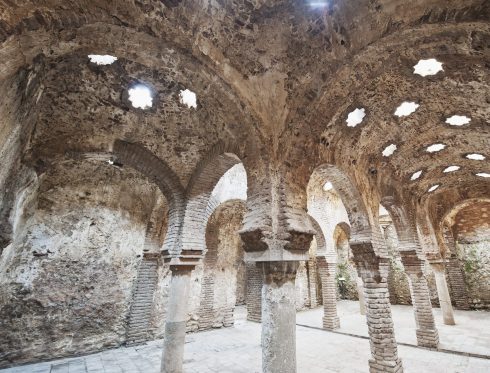
Take my advice, for having lived in the area for nearly two decades, nowhere else offers up such a good introduction to the wealth and sophistication of the former Arabic inhabitants who ruled this part of Spain for an incredible 700 years until the late 15th century.
With clever urban planning, a careful use of water and tactical planting of trees and shrubs towns like Ronda (and others including Priego de Cordoba, Alhaurin and Alhama de Granada) became genuine paradises to live in.
The Arabic baths, which sit in their own atmospheric gardens, had three main rooms – hot, cold and tepid – and were fed with water from the river outside.
The domed ceilings with their star-shaped air vents were part of a complex astronomical symbolism so popular in Moorish times.
The baths were the main hammam and lay just outside the defensive walls by the main gate to the town from the direction of Granada.
A clever virtual reality video, in both Spanish and English, brings the past back to life and is a must-watch, before continuing your tour up the hill into the old town.
By the time of the collapse of Arabic rule in 1485, Ronda had been receiving foreign visitors for around 1500 years.
Established in 9BC, it is one of Andalucia’s oldest towns and in Roman times was completely independent with a thriving wine industry and even with its own coinage, fittingly with a tendril of grapes on its flipside.
A bustling military bastion known as Arunda – which means ‘surrounded by mountains’ – it had a sister settlement of Acinipo a few miles away in Ronda la Vieja.
The nearby mountains between the two ancient settlements are literally swollen with ancient remains.
They include the ancient salt mines of the Cerro de las Salinas, the hidden arabic baths in the Llano de la Cruz valley, the remains of the Roman aqueduct on a private estate south of the town and the recent discovery of a Roman grape-treading floor and bodega at Morosanto vineyard just outside Arriate.
Here, on a lovely wide open slope, archaeologists have excavated a sizable wine operation with pipes through which wine was transported to vats.
The discovery – among a series of columns, statues and a 21-metre Roman swimming pool and sauna – now means that historians can link the production of wine in Ronda to 3AD.
You most definitely feel the pull of the Romans (and later Moors) just wandering around the old Casco Historico, with its wonderful buildings, sleepy alleyways, doorways and arches.
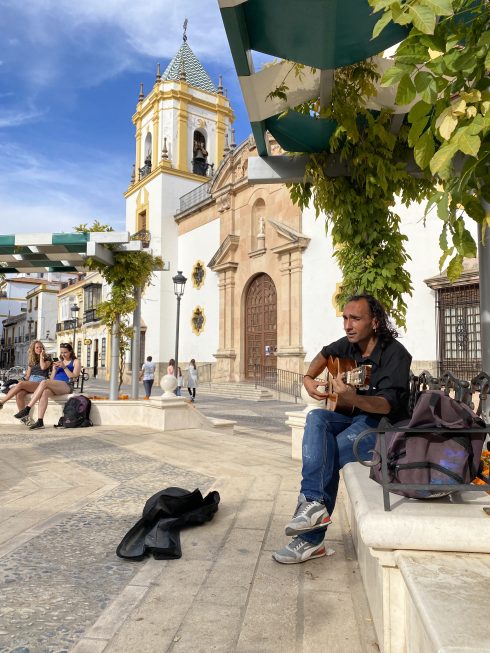
It is little wonder that so many writers have waxed lyrical about the place… Orson Welles moved here and had his ashes scattered at a nearby estate, while Austrian writer and poet Rilke described it as the ‘City of Dreams’.
Ernest Hemingway part-based his novel For Whom the Bells Toll here and much of his work is a love letter to the town. The Dangerous Summer is largely about its Ordonez family bullfighting dynasty, while in Death in the Afternoon he wrote: “It is where you should go if you ever go to Spain on a honeymoon or ever bolt with anyone. The entire town and as far as you can see in any direction is a romantic backdrop.”
It’s why Madonna has shot a music video here, why the film Carmen was filmed here and why Bill Gates, Adrian Brody, Ricky Gervais, Anne Hathaway and Doctor Who star Jodie Whittaker, plus many more celebrities, have recently taken holidays in Ronda.
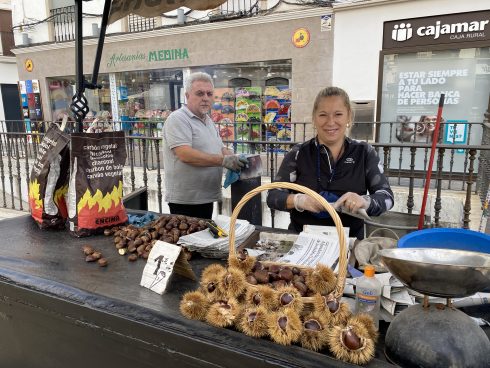
Culinary dynamos Gordon Ramsey and Jamie Oliver both told me how lucky I was to live there, while making TV shows in the area, and celebrity chef Jean Christophe Novelli once gave me an interview in which he told me he was moving to Ronda (he actually only stayed for a couple of months, after failing to find the right property to buy).
There is something inextricably magical and tough about Ronda in equal measures.
The extremes of weather (its spiky dry heat in summer and freezing winters thanks to its altitude of 800m) doesn’t suit everyone. Equally its inward-looking locals, so typical of conservative mountain types the world over, are not openly friendly and take a while to warm to you.
But there is no denying its location and landscape.
Take the view from the famous new bridge across the Tajo (or Ronda’s famous gorge). It goes on forever towards the Grazalema mountains on one side and the recently inaugurated national park of the Sierra de las Nieves in the other direction.
In the old town, the highlights include various museums (the one at the Palacio Mondragon particularly worth a visit) while keep your eyes peeled for the splendid Renaissance mansion known as the Palacio del Marques de Salvatierra, which has a portal full of colonial images of Peruvian images.
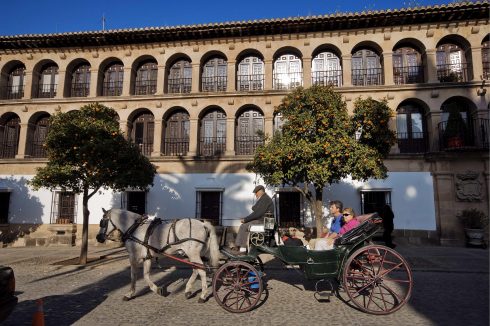
The neoclassical town hall is also an architectural gem, while the cathedral (once a mosque) is also well worth a poke around.
The bull ring, which is still privately owned by the Ordonez family, is an excellent introduction to a pastime that goes back 300 years in Ronda.
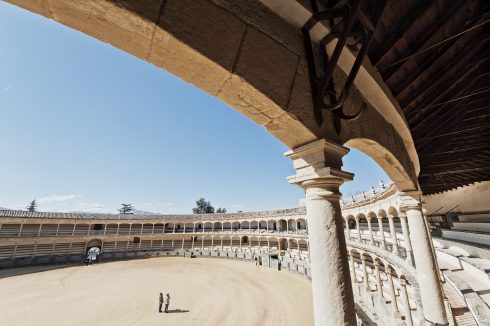
Built by the godfather of modern bullfighting Pedro Romero, who was painted by Francisco Goya and fought into his Eighties, it is a one of Andalucia’s top visitor attractions and particularly worthwhile for its collection of Goya etchings, not to mention the perfect proportions of its soft sandstone arches.
It was here that Michelle Obama had ended her tour at the next door restaurant of Escudero (now moved outside the town), where she fittingly had prawns as a starter, followed by ‘a fine fillet steak’, at least so says her waiter on the day, one Jose Manuel.
Then finally before taking the windy hour-long drive back to her hotel on the coast, the world’s then most powerful woman is said to have told the mayor that she would ‘definitely be back.’… and next time with her husband!
I’ve not yet bumped into Barrack. But believe me, it really wouldn’t surprise me in Spain’s most evocative town.
READ MORE:
- Finca La Donaira: A Spanish Shangri-La in the Serrania de Ronda
- Ronda bakery creates special banana palmiers to raise money for victims of La Palma volcano in Spain’s Canary Islands
- Ronda’s iconic 101km race to be held in May 2022

